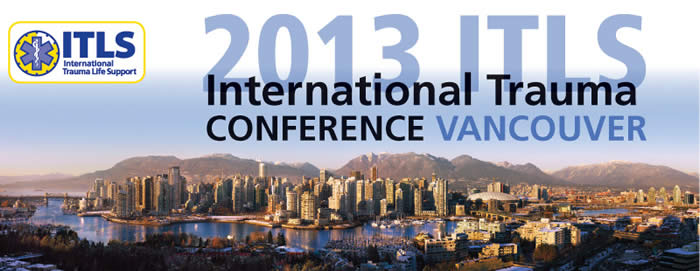
Ron Thackery, BA, JD
Safety in EMS has garnered significant interest over the past several years, with many EMS professionals interested in steps to create a “Culture of Safety in EMS” within their agencies. ACEP was tasked with responsibility to lead a group to develop a document detailing aspects of a “Culture of Safety in EMS.” This session will explore that document’s recommendations and many other issues that impact implementation.
Speakers:
S. Robert Seitz, MEd, RN, NREMT-P
Roy Alson, MD, PhD, FACEP
Gianluca Ghiselli, MD
Dennis Filips, MD, FRCSC
Moderator:
Eduardo Romero Hicks, MD, EMT
EMS is constantly in evolution. The volume of new information with the potential to improve patient care can be overwhelming to providers – and it continues to grow each year. This session brings you the experts to introduce key emerging technologies and new approaches in the management of the trauma patient in the field. The rapid-fire, “just the facts” format spotlights exactly what you need to know about lactate measurement, tranexamic acid, field use of ultrasound, and hemostatic agents.
Serum Lactate – Mr. Seitz
Tranexamic Acid – Dr. Alson
Hemostatic Agents – Dr. Filips
Field Use of Ultrasound – Dr. Ghiselli
Amy K. Boise, NREMT-P, FP-C
The EPIC Project tackles the complex subject of traumatic brain injury with results in the spotlight. This EMS quality assurance project developed by the University of Arizona and Arizona Department of Health demonstrates solutions to implement the Brain Trauma Foundation Guidelines and improve emergency care of the TBI patient. The session discusses current protocols for hypoxia, hypotension and hyperventilation with a focus on lessons learned from the project.
Adam Lund, MD, MDE, FRCPC
Samuel J. Gutman, MD, CCFP(EM)
The planners of any mass participation or special event in the community know that safety is paramount to success. This session outlines the processes required to plan and execute a mass gathering, including comprehensive risk assessment, identification of community and emergency services stakeholders, coordination with local emergency response and trauma systems, and availability of on-site care. You’ll discover that careful pre-event planning for mass gatherings maximizes safety without sacrificing fun.
Tracey A. Parnell, MD
The management of trauma patients in rural areas poses a unique set of challenges. The implementation of rural trauma teams presents an opportunity to mitigate these challenges through inter-professional collaboration and teamwork. Using the ITLS program model in British Columbia, which includes cross-chapter collaboration and the introduction of trauma team training based on ITLS, this presentation will illustrate how ITLS is unifying professionals to ensure quality trauma care in rural BC.
Slides not available
Leon Charpentier, EMT-P, Fire Chief (Ret)
Alexandra Charpentier, EMT-P
If you or your students struggle to remember the sequence of interventions to perform during patient assessment, don’t miss this session. Leon and Alexandra Charpentier review the “Fix-It” process outlined in the 7th edition ITLS Provider manual as a tool for systematic assessment. Using “Fix-It” keeps responders on track and helps them remember the proper interventions at the proper time. The result? A highly effective team providing outstanding patient care.
Ron Thackery, BA, JD
Technological advances to enhance safety come fast and furious in the field of EMS. Mr. Thackery will evaluate some of the available technologies and demonstrate how their usage can improve overall safety of EMS operations while simultaneously improving responder and fleet performance.